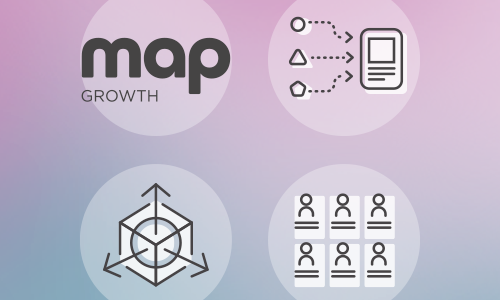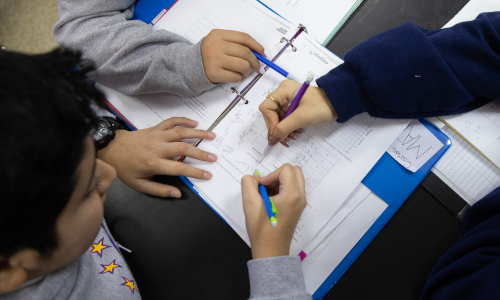More than a buzzword
Science, technology, engineering, and math have been marginalized and in need of support for so long that they had to join forces as one acronym! The posts here will help you do your best work as a STEM teacher.

WEBSITE
Maximize MAP Growth with instructional connections
MAP® Growth™ connects seamlessly to a wide range of learning tools from the world’s leading instructional providers, giving you flexibility and a wealth of options.

WEBINAR
How MAP Growth data can lead to better math instruction
NWEA expert Tatiana Ciccarelli shares how to use MAP® Growth™ data to enhance the way you teach math. Pick up new strategies for addressing achievement gaps with differentiated instruction.

GUIDE
Jump-start your instructional strategies with MAP Growth data
In schools with high rates of student growth, we see instructional strategies that motivate and empower students and teachers alike. And for those looking to put these strategies into practice, MAP® Growth™ provides a unique set of advantages.